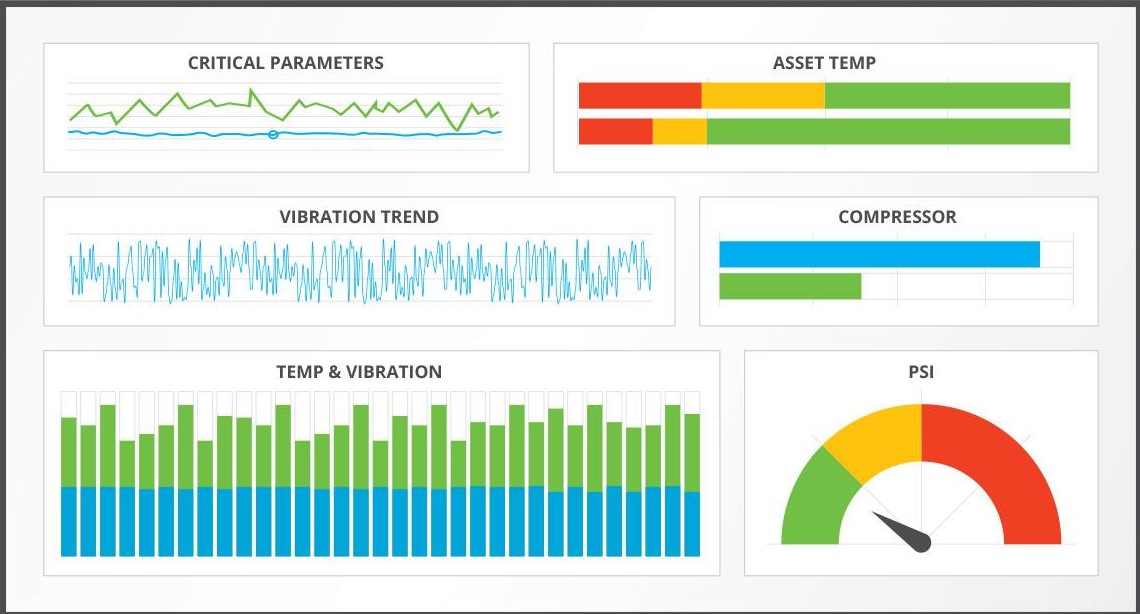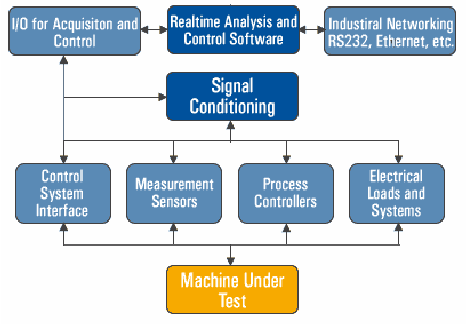Asset Management Standard An asset management is all about achieving the appropriate balance between cost, risk and performance by reviewing the complete asset life cycle including design review, operating issues, maintenance cycle of critical assets that contribute to overall system performance. To undertake the asset review, we are applying Publicly Available Specification 55 (PAS 55).First published in 2004 and revised in 2008, PAS 55 provides clear definitions and a requirements specification for establishing and verifying a comprehensive, optimized management system for all types of physical assets throughout their life cycle. Similar in approach to the ISO 9000 series specifications, PAS 55 is non-prescriptive and outcome based; it describes what to do, not how to do it. PAS 55 is used by many organizations worldwide. National Grid was one company to lead the way in development and implementation of PAS 55. It is used by a number of utilities in the United Kingdom including all the electricity and gas network utilities, and a growing number in Europe, the Middle East, Asia and the Americas. Energy industry examples include TRANSCO in Abu Dhabi, CLP Power in Hong Kong, BC Hydro and Hydro One in Canada. PAS 55 provides a clear, internationally recognized definition of what good practice asset management means for any organization. It is currently being developed into ISO standard 55000 with some 22 countries (including the United States) engaging in the process. PAS 55 also makes clearer connections between strategic organizational plans and the actual day-to-day work and asset realities.
- Our focus is to provide results that could be used to manage transformer-related risks now, as well as providing a road map for asset management process improvement in the future.
- Our consultants can advise and help as you implement the organizational, process and other changes that may be needed to become compliant.
- Expert worked with utility’s internal team to review failure from a technical point of view. Together, they develop recommendations that led to the application of best practices as defined by PAS 55.
The standard is split into two parts:
Part 1 – Specification for the optimized management of physical infrastructure assets
Part 2 – Guidelines for the application of PAS 55-1
The standard is based on a Plan-Do-Check-Act (PDCA) methodology and using a life-cycle view, PAS 55 incorporates the optimal mixture of capital investments, operations, maintenance, resourcing, risks performance and sustainability.
The PAS 55 approach to whole-life asset management is based on the widely used plan-do-check-act (PDCA) cycle for continuous improvement. The components of the PDCA cycle can be directly applied to asset management by PAS 55. Key elements that drive the asset management PDCA cycle include:
- An asset management policy to provide direction on how to manage physical assets in line with the organization’s goals and objectives.
- Asset management strategy, objectives and plans. This enables preemptive defect detection.
- Asset management enablers. This is the organizational structure of roles, responsibilities and authorities that aligns with the asset management policy, strategy, etc. This is essential because accountable people, not policies, bring about sound asset management.

